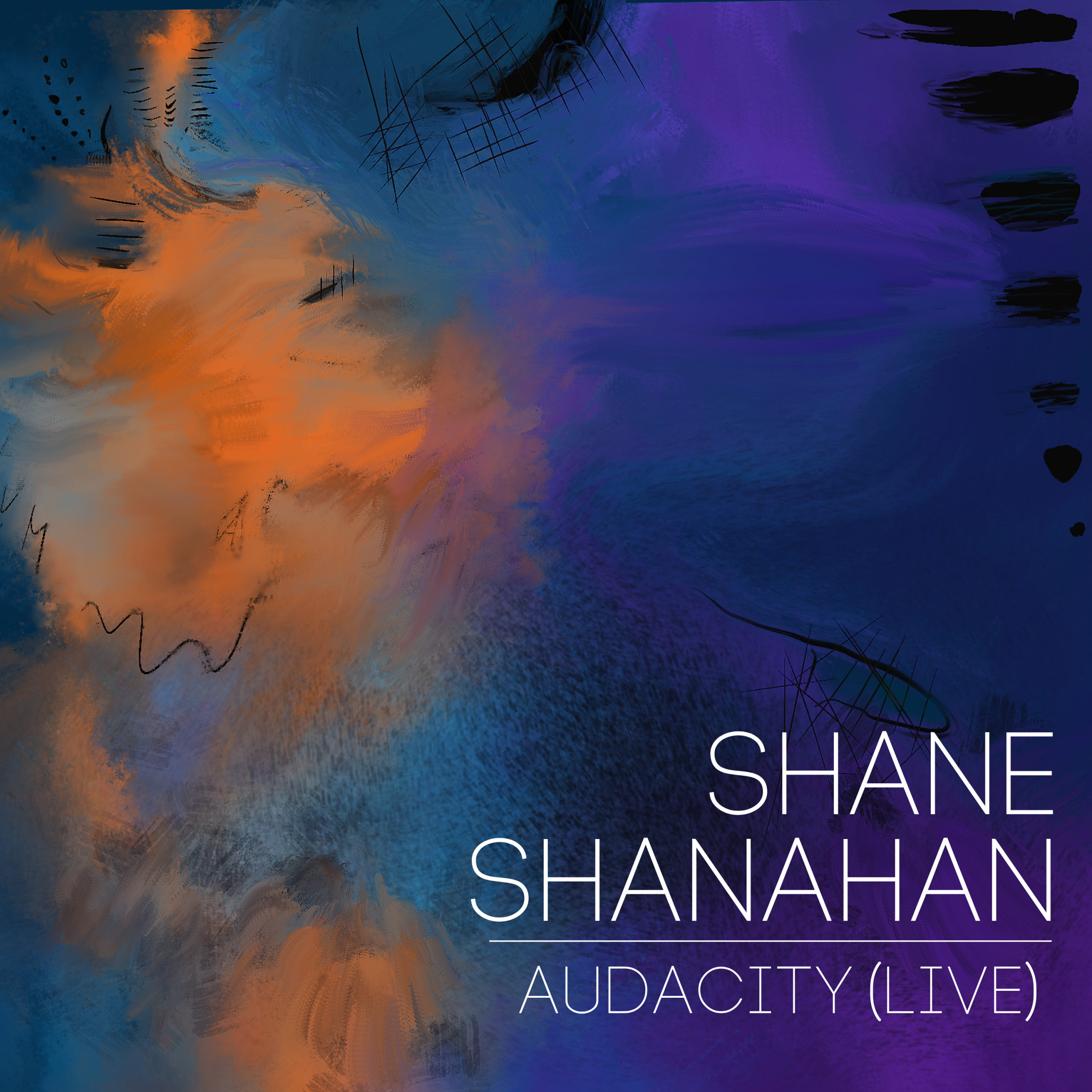
“No one in my family was really a strong keeper of the family tree,” shares world-renowned American percussionist Shane Shanahan from his home in Brooklyn, NY. “So, I did a little bit of digging and discovered that my great, great-grandfather on my dad’s side was born in County Kerry, Ireland around 1859. His name was Thomas Shanahan, and he emigrated to the United States a few years later and settled in the Pittsburgh area of Pennsylvania. He had several children, including my great-grandfather, Laurence Shanahan, who then had my grandfather Carl Shanahan, and my dad – also Carl Shanahan – would follow.”
Ironically, even with roots on the Emerald Isle, music was far from the forefront during Shanahan’s formative years.
“My mom took up violin when she was a child but hated it and gave it up pretty quickly. My dad wasn’t musical at all. My grandmother on my mother’s side played some piano and sang – not always in tune, mind you, but I didn’t know the difference at that age, it was just beautiful to me. She had a baby grand piano in her living room, and I remember crawling under it when I was very little and enjoying the vibration from the strings – I found it comforting. And my grandfather had an organ and would spontaneously make up songs and sounds – he had no idea what he was doing, but his improvisations had a profound influence on me.”
True enough, that sense of invention would inform Shanahan’s intention.
“I was always banging on stuff around the house and playing on Tupperware containers and the like. Actually, I would put pennies inside Tupperware containers to give them a special kind of sound. When I got older, my parents got me a practice pad. And then in school I played the recorder and, later, the trumpet – both of which exposed me to melody and taught me how to read music.”
 His passion for percussion, however, remained.
His passion for percussion, however, remained.
“Finally, for my 13th birthday, my parents – against their better judgment – gave me a drum set and from that moment on I was all-in.”
The timing couldn’t have been better for an angst-ridden teenager.
“Because the drums were so physical, they gave me a real, concrete outlet for all my pent-up feelings. I would crank the Led Zeppelin and play along and just give it everything I had. There was a strong and immediate emotional connection there, and it felt like I had found my own language, my own voice.”
Shanahan continues to play the drums today for the same reasons.
“Well, I don’t have the teen angst anymore – at least I hope not – but those rhythmic roots run deep, and I still get that sense of emotional release that comes from playing.”
After years of formal training in both jazz and classical music, Shanahan co-founded the Grammy-Award winning Silkroad Ensemble, performing around the world with famed violinist Yo-Yo Ma, and later serving as the group’s Co-Artistic Director.
“Those experiences were invaluable…travel really expanded my world-view, opening my eyes to other cultures and opening my ears to the sound of those cultures.”
That international influence is evident on Shanahan’s latest full-length recording, Audacity (Live).
Featuring accomplished musicians from around the globe – including vocalist Roopa Mahadevan, composer and instrumentalist Kaoru Watanabe, violinist Megan Gould, guitarist Brad Shepik, and bassist Edward Perez – the new album is a “celebration of the distinct power of cross-cultural collaboration and the transcendent beauty of collective creation” and a dynamic display “of Indian, Middle Eastern, Japanese, jazz, rock, and minimalist traditions.”
“Audacity is a conversation,” notes Shanahan, “between the musicians on stage, between the musicians and the audience…all unique voices exchanging ideas and emotions.”
One of those voices, he notes, is percussive.
“Some people might say that there is no melody in the drums. I disagree completely – drums talk, they have their own language, they speak to people, and they have the power to tap into our DNA, our collective spirit, and communicate with us on a tribal, almost primal level. Just look out into the audience on any given night; you see people clicking along, tapping their feet, grooving, vibing to the beat. Whether it sits underneath or atop the melodies and harmonies or the arrangement, the language of rhythm is at the heart of those conversations.”















Leave a Comment